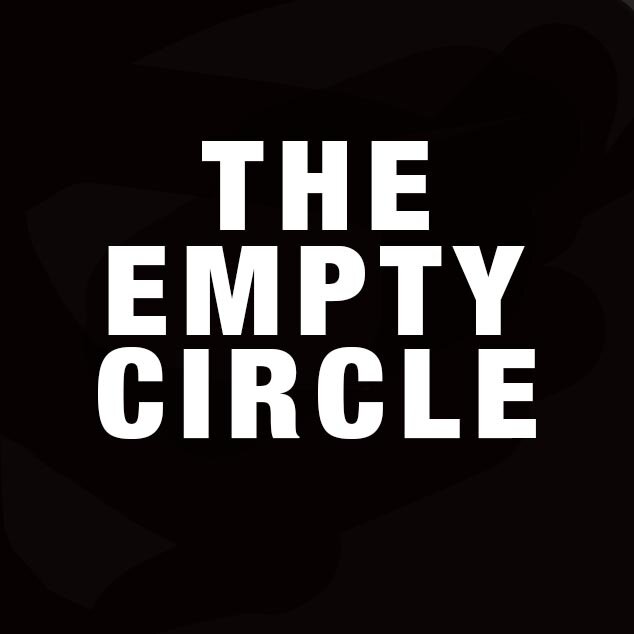HARNESS
Patrick McNabb & Bryson Rand
curated by Peter Clough
September 21 - October 9, 2021
Open Saturdays and Sundays, 12–5pm, and by appointment
Opening reception - Wednesday, September 21, 6-8 pm
Harness is a two-person exhibition of recent photographs by Patrick McNabb and Bryson Rand. Drawing from a diverse constellation of queer histories, their photographic practices are expansive and promiscuous, passionately resisting reduction. As friends and lovers, they work both collaboratively and individually. They shoot both digitally and using film, in their shared studio and in the world. The work in this show traverses the queer body and the queer landscape. It roams—no, cruises—freely. Some images are iconic, others gleefully idiosyncratic. This work is peaceful and breathless at the same time: sunlight glistens on the open water; blood glistens on an open wound. There is much ground to cover—much pleasure, and much pain—so I’d like to begin thinking about this work by thinking about the idea of trust.
McNabb’s arresting (and cheekily titled) photograph Carpet depicts a bearded man in a leather fetish hood, his head thrust back, his eyes closed in rapture. His mouth gapes open with the butt of a rubber whip jammed inside. Two pairs of hands grip his body: one chokes at his throat; the other roams over his torso. The violent trappings of this image—leather hood, rubber whip—quickly give way to the tenderness of this moment, to the trust and care these figures share. The ground beneath the hooded man isn’t the rough floor of a dungeon but the Berber carpet of a domestic space. The choke-hold on his neck isn’t really menacing; it’s a reenactment of a shared fantasy, tenderly played out. This is an image of communion, the flirtation with violence framed as a sort of catharsis. Trust, both between the figures depicted and McNabb capturing this moment, becomes the medium through which pleasure, pain, desire, and healing can be explored.
Trust also undergirds Rand’s iconic portrait Matthew in the Studio (Brooklyn), which depicts his friend and muse Matthew sitting comfortably on the floor, naked and bathed in bright sunlight. The curve of his posture is gently slouched, not defeated so much as unguarded. He is turned away from the camera, and yet he peers back over his shoulder, directly into the lens. The shadows from the window panes crisscross his body, segmenting his gentle musculature like a leather harness might. His soft skin slowly gives way to a soft focus as the curve of his back recedes from the camera. And his gaze, dark eyes shadowed by thick lashes, is piercing, melancholy, and strikingly open. The beauty of this portrait goes beyond the beauty of Matthew’s body or Rand’s exquisite mastery of light and framing. In a very different way than McNabb’s Carpet, Rand’s Matthew in the Studio is a portrait of trust. Here, in this moment, Matthew is utterly relaxed, every muscle and every inhibition at rest, and the deep connection between Matthew and Rand is as much the subject of the photograph as the body depicted.
If queer history is, at least in part, a history of rejection, violence, and death, then queer trust comes slowly. Growing up queer, in whatever environment fate chooses for us, relegates many of us to the closet. We can’t trust our own families even as we rely on them as caregivers. We grow thick skin; we’re good at telling lies; not everyone makes it out. McNabb and Rand stand with their cameras in the dark stream of this history, in the wake of this shared trauma. The photographs they produce, each in its own way, harness the power of trust and care, slowly healing their wounds, and ours.
—Peter Clough, Brooklyn, September 2022



